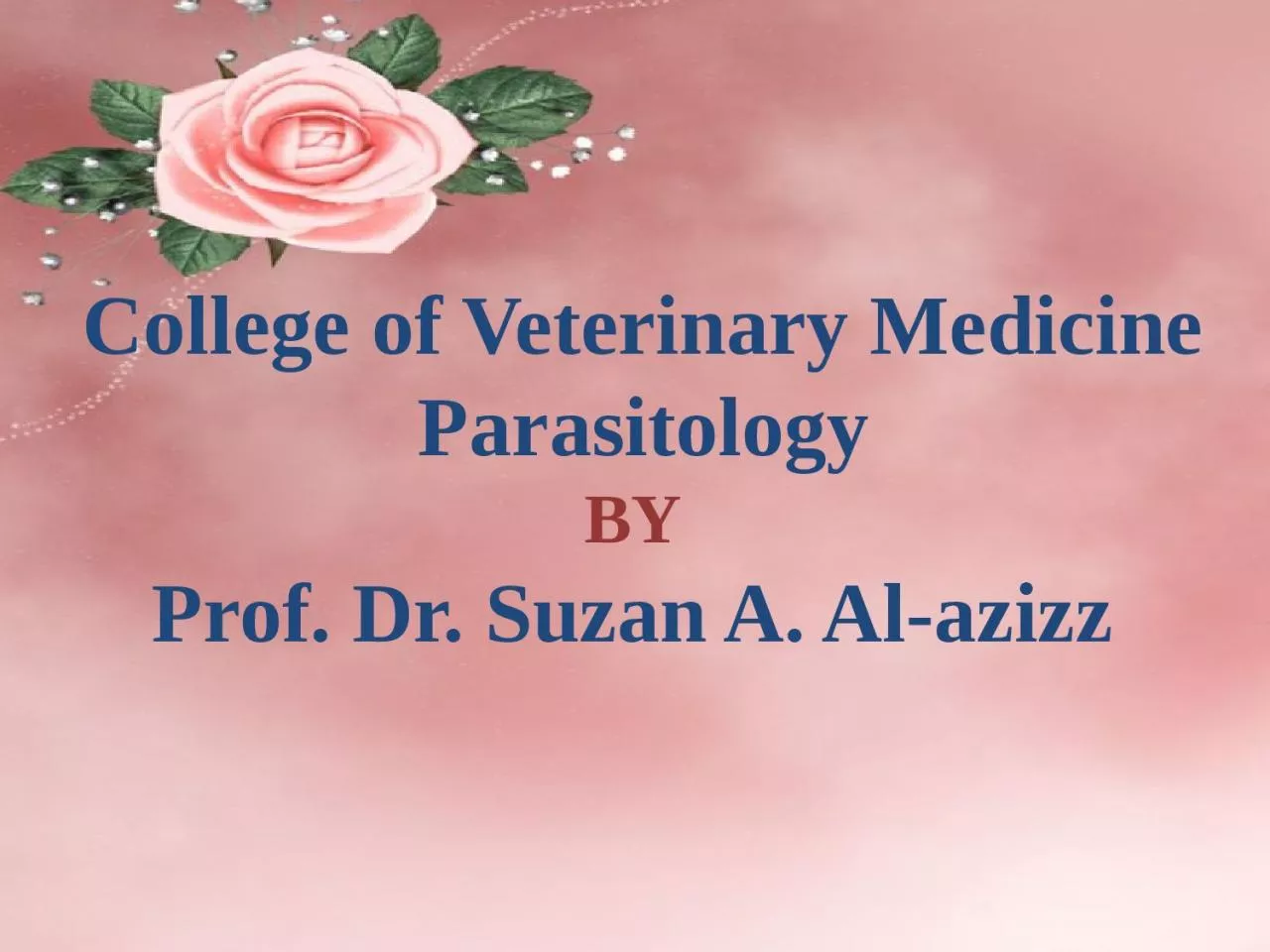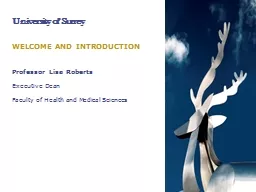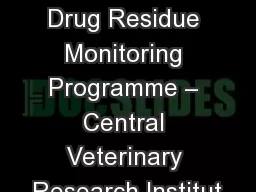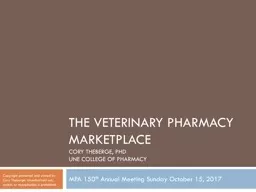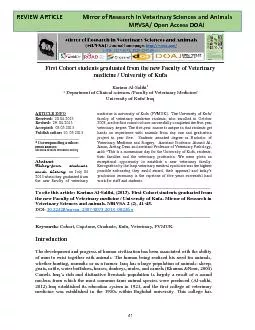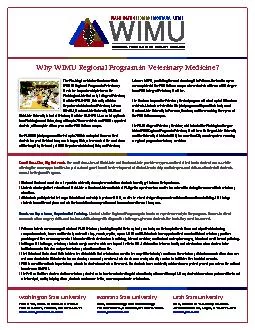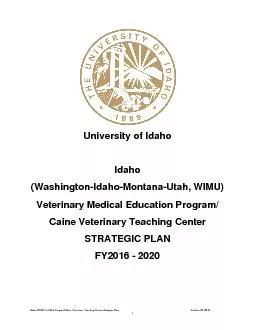PPT-College of Veterinary Medicine
Author : bety | Published Date : 2023-11-20
Parasitology BY Prof Dr Suzan A Alazizz Nomenclature of Parasites Each parasite possesses two names a generic and a specific that the former begins with an initial
Presentation Embed Code
Download Presentation
Download Presentation The PPT/PDF document "College of Veterinary Medicine" is the property of its rightful owner. Permission is granted to download and print the materials on this website for personal, non-commercial use only, and to display it on your personal computer provided you do not modify the materials and that you retain all copyright notices contained in the materials. By downloading content from our website, you accept the terms of this agreement.
College of Veterinary Medicine: Transcript
Download Rules Of Document
"College of Veterinary Medicine"The content belongs to its owner. You may download and print it for personal use, without modification, and keep all copyright notices. By downloading, you agree to these terms.
Related Documents

